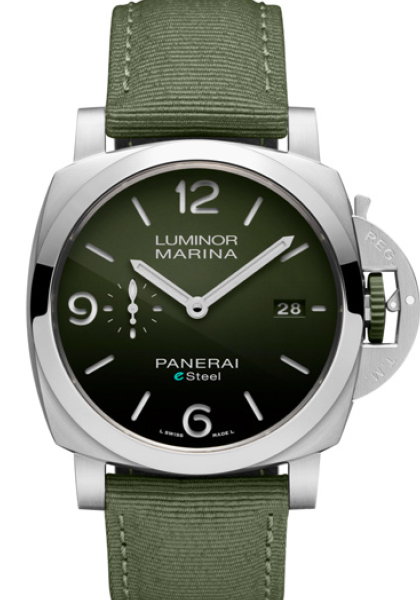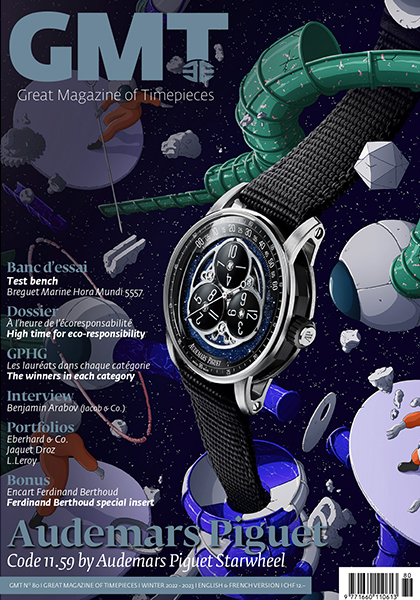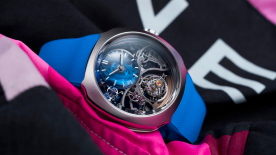T he world is looking to all that is green, sustainable and ecological, embodying a commitment to change behavioral patterns on environmental issues. The watch industry is no exception, well aware of the world around it and of the need to respond to the concerns of its customers, employees and partners. By its very nature, the slightly upmarket watch has not thus far had any reason to be ashamed of its ecological record. It is not a disposable object but rather a sustainable one. It can be preserved, passed on and above all repaired when it comes to mechanical examples. During its manufacture, all metal scraps are recovered and recast, particularly gold. Furthermore, Swiss effluent management standards are among the strictest in the world. One need only look at the fluid treatment circuits and the investments they require to understand that the Swiss do not mess around with toxic materials.
Acting and proving
There are however still certain gray areas, which the watch industry has begun taking steps to reduce in a socially responsible and engaged manner. However, since there are no specific standards for this sector, initiatives are disparate and sometimes unequal. They relate to plastics and leathers and their potential substitutes, as well as to the origin of materials, especially precious ones. Over and above these efforts, it is a question of establishing traceability protocols guaranteeing the veracity of the claims. Sustainability and eco-consciousness are therefore not private matters, but public ones. We must act, state and then prove what we are doing. Breitling is one of the few specialists to publish a sustainability report, and a substantial one at that. Ulysse Nardin has been upcycling fishing nets for years. Chopard takes a pioneering approach to ethical gold. Panerai works with eSteel, which is 95% recycled, and is one of the many brands that use 100% upcycled cases, including Oris.

It's all about sourcing
These issues concern the entire industry. No watch brand makes its own titanium, steel or gold alloys. Almost all brands source their supplies from foundries, background players who are not subject to the direct pressure of international exposure and of a permanent platform through products purchased by individuals. This is why many brands complain that they cannot find a solution to their requests. Many of them are seeking supply channels for large quantities of 100% recycled metals, that are also able to pass their quality tests (purity, crystal structure, integrity) prior to the use of any material.
Going the distance
Even more than initiatives taken by each brand and their good will, what the watch industry currently lacks is scale. While vegetable leather straps are an exception, they still contain between 30 and 60% plastic. The carbon footprint of Swiss watch manufacturing facilities – even when combined with solar panels, geothermal drilling, drastic insulation standards and a proportion of hydroelectricity that is unique in the world – remains industrial in nature. Limited series with recycled metals are still exceptions because supply does not keep pace. Brands already involved need to scale up, which necessarily involves their upstream suppliers, as however small, sustainable and repairable its products may be, watchmaking is a global citizen that must structure its own world around its needs.
As a WorldTempus reader, we are delighted to offer you the latest digital version of this GMT magazine that you can download here










